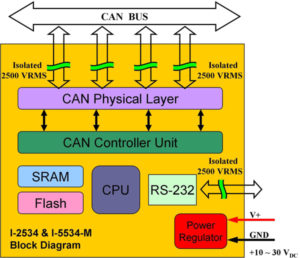Driving risks out of embedded automotive software
 When it comes to cars, safety means more than strong brakes, good tires, a safety cage, and lots of airbags. It also means software that won’t betray you; software that doesn’t pose a risk to life and property; software that’s working for you, not for a hacker.
When it comes to cars, safety means more than strong brakes, good tires, a safety cage, and lots of airbags. It also means software that won’t betray you; software that doesn’t pose a risk to life and property; software that’s working for you, not for a hacker.
Please join me for this upcoming webinar, where I am presenting along with Arthur Hicken, the Code Curmudgeon and technology evangelist for Parasoft. It’s on Thursday, August 18. Arthur and I have been plotting and scheming, and there will be some excellent information presented. Don’t miss it! Click here to register.
Driving Risks out of Embedded Automotive Software
Automobiles are becoming the ultimate mobile computer. Popular models have as many as 100 Electronic Control Units (ECUs), while high-end models push 200 ECUs. Those processors run hundreds of millions of lines of code written by the OEMs’ teams and external contractors—often for black-box assemblies. Modern cars also have increasingly sophisticated high-bandwidth internal networks and unprecedented external connectivity. Considering that no code is 100% error-free, these factors point to an unprecedented need to manage the risks of failure—including protecting life and property, avoiding costly recalls, and reducing the risk of ruinous lawsuits.
This one-hour practical webinar will review the business risks of defective embedded software in today’s connected cars. Led by Arthur Hicken, Parasoft’s automotive technology expert and evangelist, and Alan Zeichick, an independent technology analyst and founding editor of Software Development Times, the webinar will also cover five practical techniques for driving the risks out of embedded automotive software, including:
• Policy enforcement
• Reducing defects during coding
• Effective techniques for acceptance testing
• Using metrics analytics to measure risk
• Converting SDLC analytics into specific tasks to focus on the riskiest softwareYou can apply the proven techniques you’ll learn to code written and tested by your teams, as well as code supplied by your vendors and contractors.


